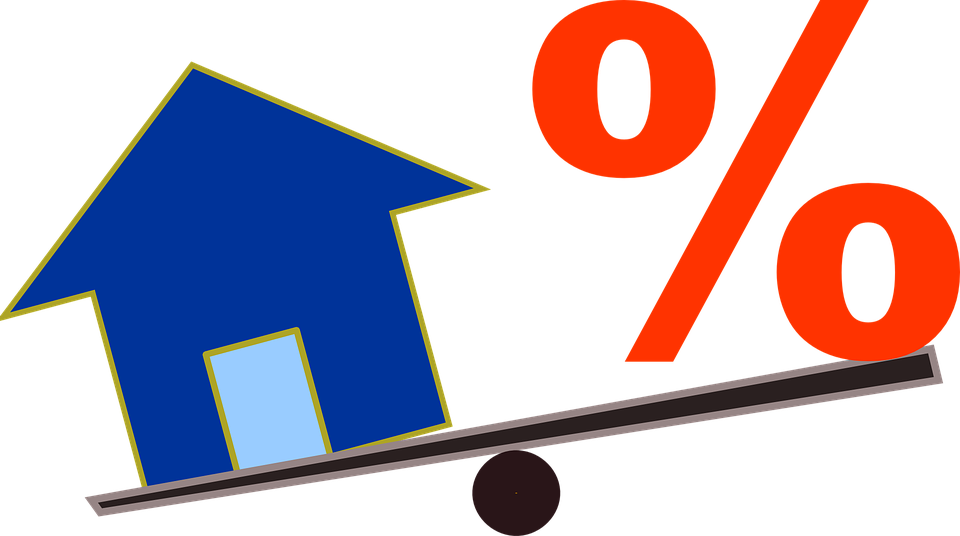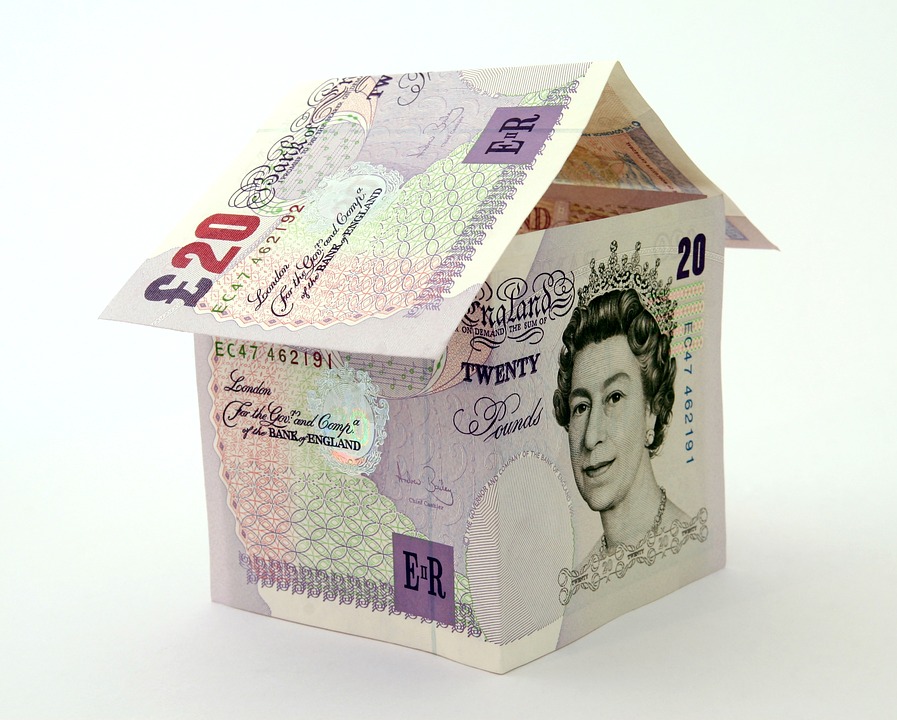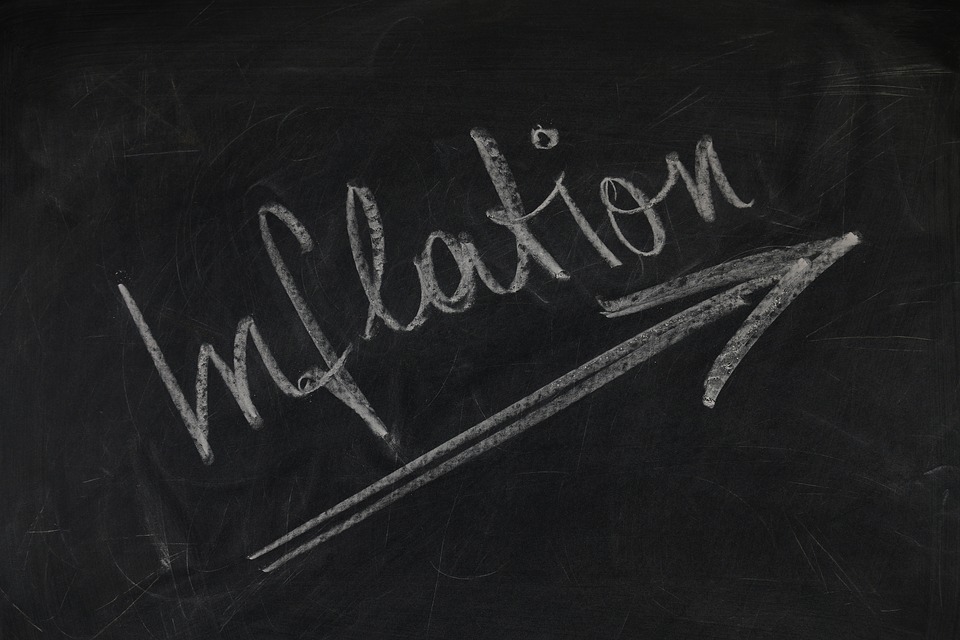In the world of surveying, common questions abound and are always being asked. ‘What is going to happen to UK house prices?’ tends to be the most common and the most general, and the answer is always, ‘We just don’t know’.
The future is not yet written and a valuation is always taken at a moment in time, and is always likely to be different at each moment.
However, what we do have as a business is a clear view on what has happened and a raft of data to give us an idea of the direction of travel that we have seen, and by viewing this, you’re likely to gain further info to form an opinion on where the market might be going next.
To that end, we recently collated average house price data for all the regions we have been active in over the last 14 months. From October 2020, for all English regions plus Scotland, Wales and Northern Ireland, we can track the average property value based on the estimate sent to us by the lender concerned when they instruct us.
Contact us today to speak with a specialist Commercial Finance Broker to discuss how we can assist you.
The product used is our standard mortgage valuation and all lenders/firms/surveyors are included in our data. That final point is worth emphasising – it is our data and is unique to us, but it by no means covers every single transaction that has taken place during that time and should therefore be treated in that context.
It may however outline where house prices have come from, where they most recently arrived at, when they might have peaked (if they have done), although again this does not mean we can suddenly predict what might happen in the future.
To start with, let’s look at the average estimated price for the UK as a whole – back in October 2020, according to our data, this was just over £305,000, however by December 2021 this had increased to just over £337,500, representing a 10.5% increase.
I suspect there are few shocks to be had in reading this. Most of the house price indices – and we are certainly not a sector short of these – will have reported along similar lines during the period, with average increases being in the region of 8-10% for the average UK property.
Of course, this is a notional property in and of itself, and the UK is incredibly regionalised in terms of what happens to prices. Our data, as mentioned, is broken down into 11 regions, and over the same time period (October 2020-December 2021) it may surprise you to learn that the region with the highest inflation is Greater London.
Read about the UK Housing Market via our Specialist Residential & Buy to Let Division
It has gone from an average price of just shy of £590,000 to £718,000, representing close to a 22% increase. In much of the other house price data I have seen, certainly central London prices appear not to have increased by anywhere near the same levels as other regions; in fact it tends to be quite lower. However, this is a greater London region which might go some way to showing why it’s a heftier increase.
Conversely, it is the North East which currently sits bottom of our inflationary table, up only 0.8% over the period from just over £232,000 to £234,000.
Again, this appears to go against the grain slightly in terms of regions deemed to have seen bigger inflationary rises. From what I have seen, the larger increases appear to have been in regions such as Wales, the North, Scotland, etc.
Our data shows double-digit house price inflation in Wales (15.14%), the North West (12.84%), Scotland (11.39%), and Northern Ireland (10.96%), while the East Midlands (9.14%) and East of England (8.91%) are not too far behind either.
The rest of our regions are made up of the South East (7.16%), the South West (5.9%), and the West Midlands (2.05%).
Again, these figures might be surprising to some, but at the top end of the scale, they certainly seem to be in keeping with many other indices and the ‘mood music’ around what prices are doing.
Interestingly, during the time period, only one region – Scotland – had its peak average price in the last month covered, December 2021. All others had ‘peaked’ prior to that – one region in September 2021, seven in October 2021, and three others in November 2021.
That seems interesting in itself, given the stamp duty holiday finished in England at the end of September 2021 and yet prices continued to peak after that.
Admittedly, they have now come off that peak and may continue to do so. It’s therefore entirely plausible that house prices might plateau during the rest of the year, or merely inch up again following that slight drop-off.
What we can say is that the UK continues to suffer from a shortage of property supply, coupled with strengthening demand which looks unlikely to peter out. Lenders want to lend, many people want to move/buy, and they outstrip the current property numbers available.
This basic law of economics tends to see prices, at the very least, trending slightly upwards. It will be interesting to see if this is how the market does play out through the year ahead and we will certainly review the data we collect to track its progress.
By Simon Jackson
Source: Mortgage Introducer
Discover our Commercial Mortgage Broker services.






